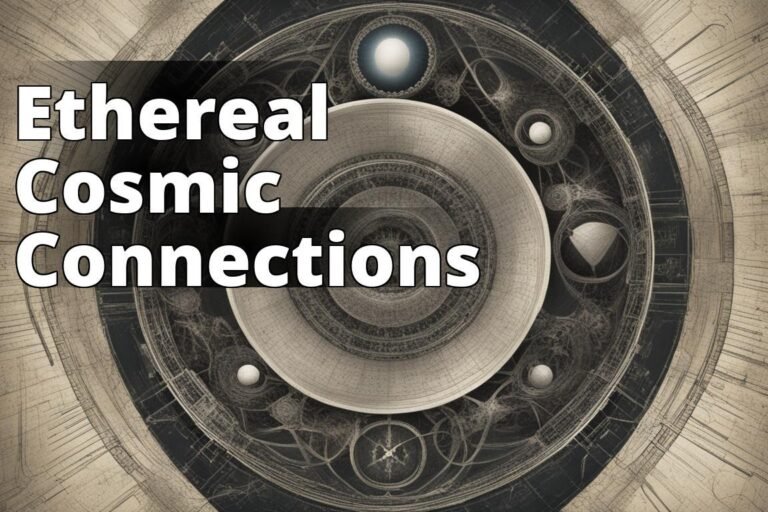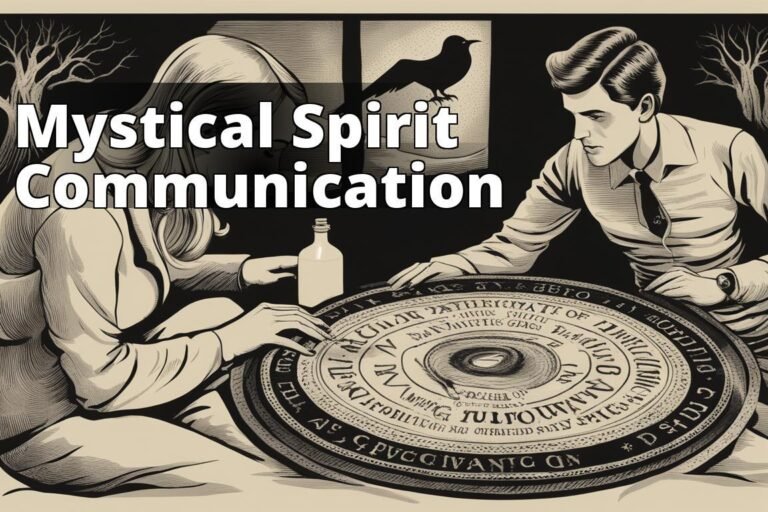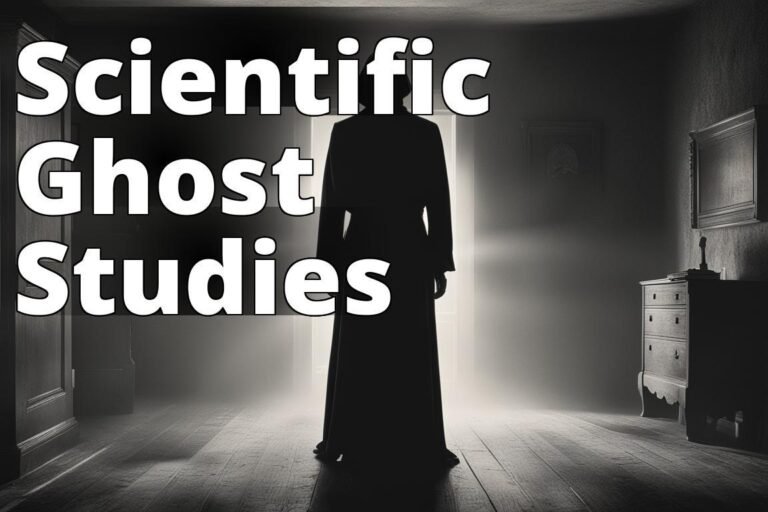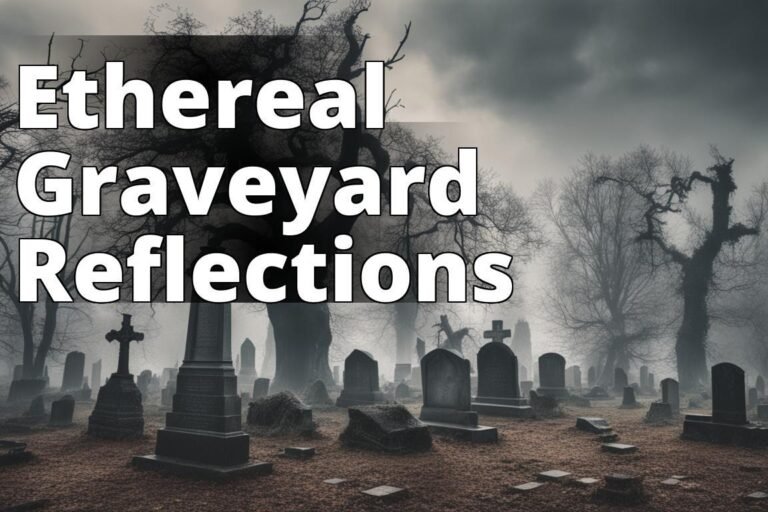Poltergeists
Learn About Poltergeists
- What is a poltergeist?
- A type of ghost known for physical disturbances.
- What are the types of poltergeist activity?
- Physical, auditory, visual, and odor-related.
- How to get rid of a poltergeist?
- Seek help from professionals or perform a cleansing ritual.
What is a Poltergeist?
Have you ever heard strange noises in your home, or found objects moved without explanation? If so, you might be wondering if a poltergeist is to blame. Poltergeists are often depicted in movies as malevolent spirits causing havoc, but what are they really? In this complete guide to poltergeists, we’ll uncover the truth behind these supernatural entities, delve into their history, explore different types of poltergeist activity, and share some infamous cases. Plus, we’ll offer advice on how to rid your home of these unwanted guests.
The History of Poltergeists
Poltergeist phenomena have been reported for centuries, with cases dating back to the 1600s. The word “poltergeist” comes from the German words “poltern,” meaning to make noise, and “Geist,” meaning ghost or spirit. This term was coined because the most distinctive feature of poltergeists is their ability to affect the physical environmentmaking noises, moving objects, and even harming individuals.
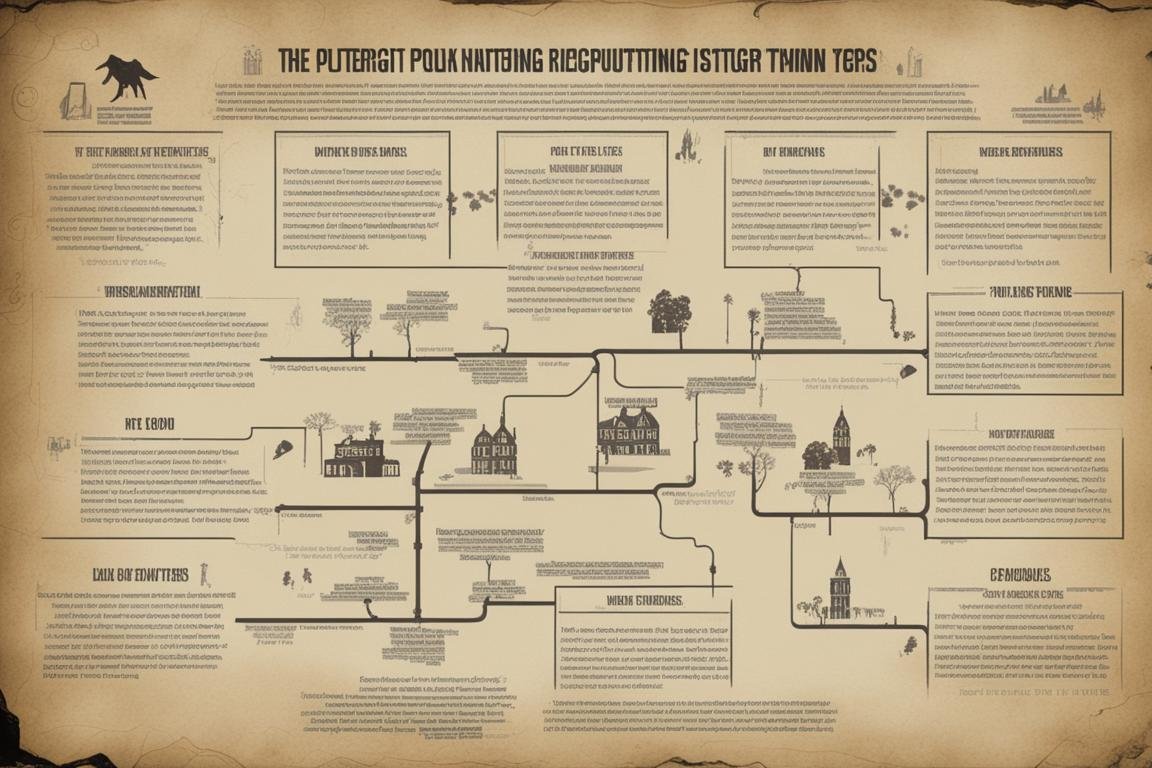
Historically, poltergeist activity has often been linked to individuals, particularly young females, suggesting that emotional stress or psychic energy might trigger these phenomena. But whether you believe poltergeists are the spirits of the dead, psychic projections, or simply hoaxes, their stories are deeply woven into the fabric of paranormal lore.
Poltergeist Activity
Physical Activity
Physical manifestations are the hallmark of poltergeist activity. This can range from doors slamming shut on their own, objects levitating or being thrown across the room, to more violent actions like fires starting inexplicably or individuals being pushed or scratched. Such phenomena are not only terrifying for those who experience them but also challenging for skeptics to easily dismiss.
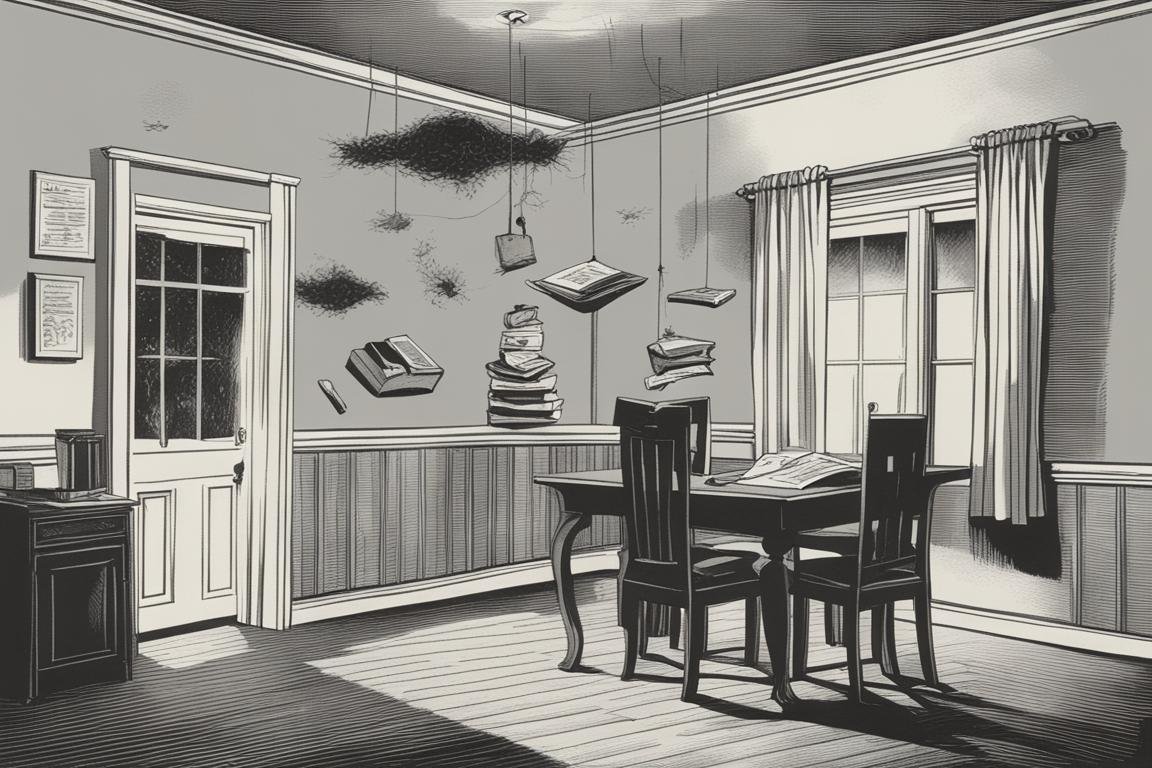
Auditory Activity
Poltergeists are also known for creating various sounds: knocks, bangs, footsteps, and even whispers. These auditory phenomena often have no discernible source and can vary in volume from subtle taps to deafening crashes.
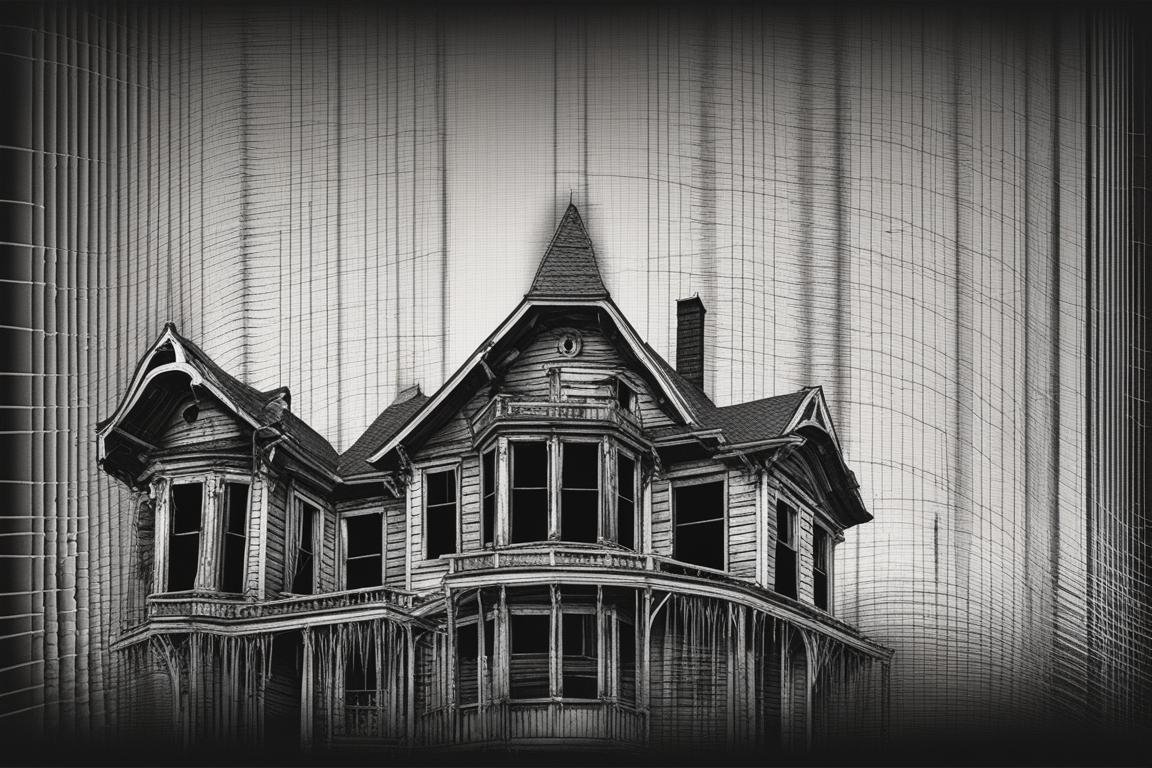
Visual Activity
Though less common, there are reports of visual manifestations associated with poltergeists. These can include shadows moving across walls, apparitions, or lights flickering or turning on and off by themselves. Such occurrences add an eerie visual element to the already unsettling experience of a poltergeist haunting.
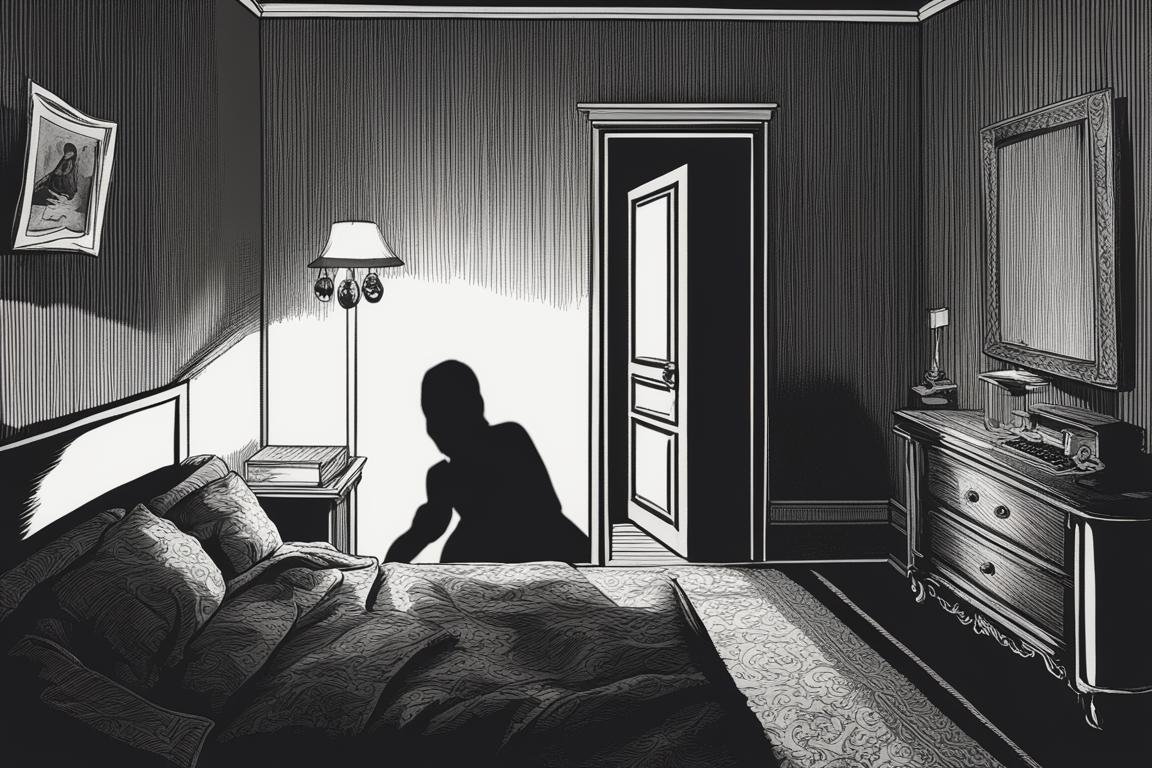
Odor Activity
Unexplained smells, often unpleasant, can also accompany poltergeist phenomena. These odors, such as sulfur, decay, or perfume, seemingly come from nowhere and disappear just as quickly, leaving those who experience them puzzled and often frightened.
Poltergeist Cases
The Bell Witch
One of the earliest and most famous American poltergeist stories is that of the Bell Witch in Tennessee. This entity not only spoke to the family it tormented but also physically attacked them and terrorized the local community.

The Enfield Poltergeist
The Enfield Poltergeist in England became famous in the late 1970s for the wide range of phenomena reported, including levitation, disembodied voices, and objects being thrown. The case inspired movies and documentaries due to its well-documented nature.
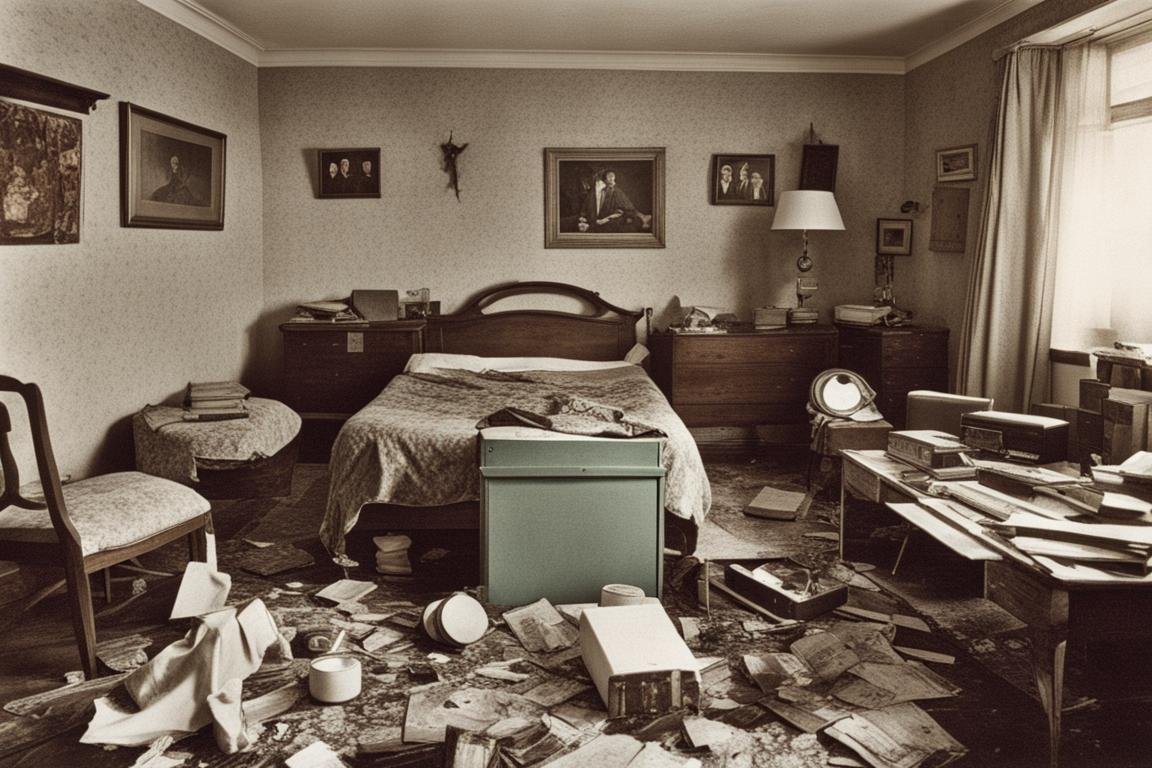
The Black Monk of Pontefract
Known as Europe’s most violent haunting, the Black Monk of Pontefract terrorized a family in England with physical attacks, apparitions, and disturbing poltergeist activity. This case remains a fascinating study for paranormal researchers.
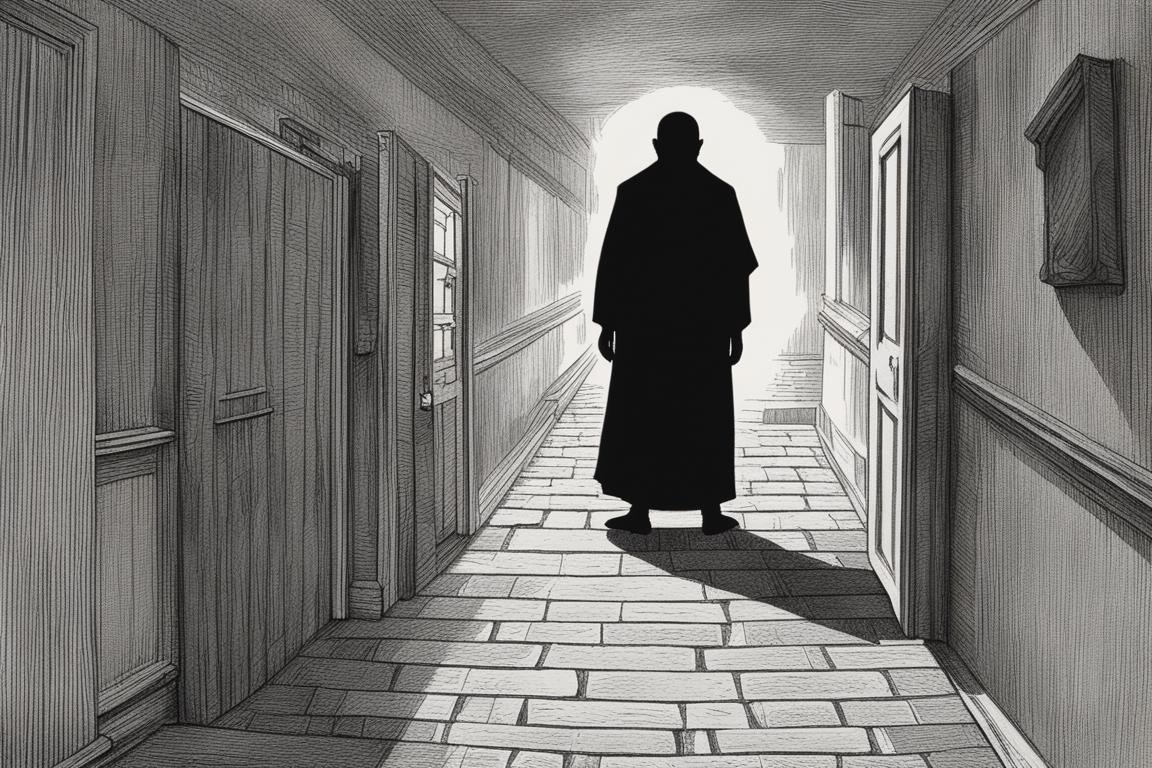
The Rosenheim Poltergeist
In Germany, the Rosenheim Poltergeist became known for its mysterious electrical disturbances alongside traditional poltergeist phenomena, leading some researchers to speculate about the intersection of poltergeists and electromagnetic energy.

The South Shields Poltergeist
The South Shields Poltergeist in England exhibited a terrifying level of intelligence and malice, using objects to communicate threats and physically harm the occupants of a house in the early 2000s.
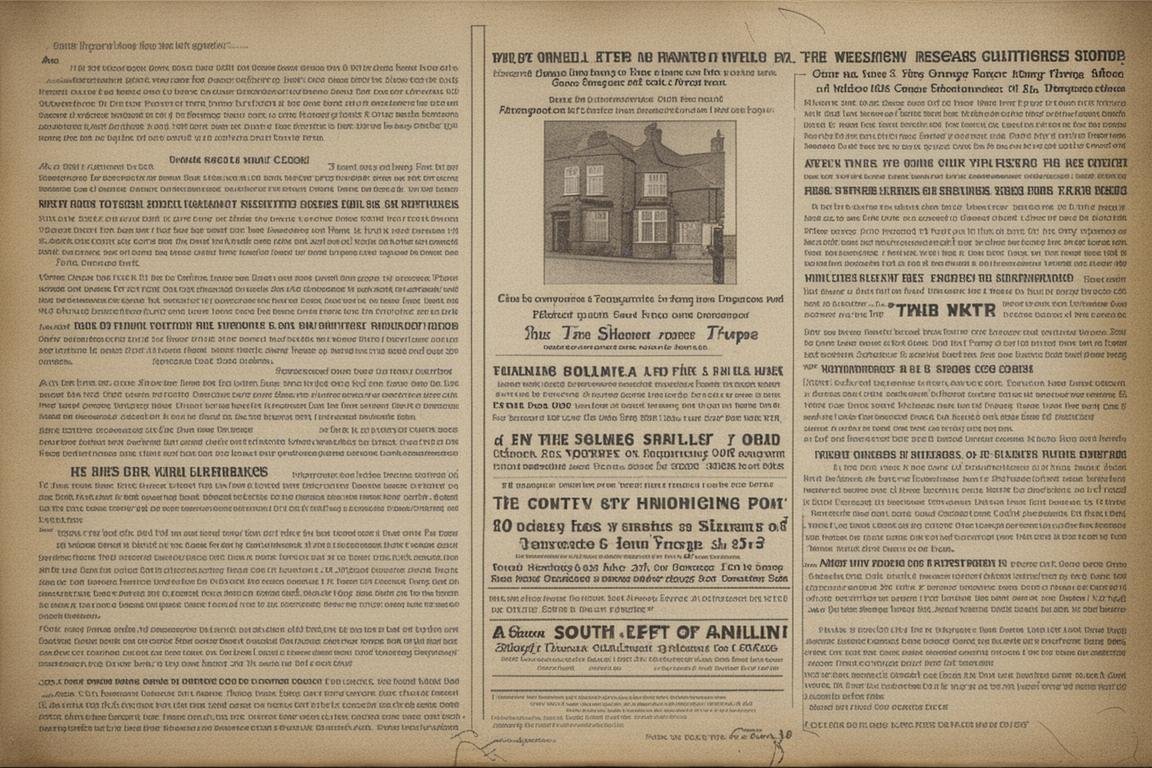
How to Get Rid of a Poltergeist
Getting rid of a poltergeist can be a daunting task, but many believe it’s possible. The key is to approach the situation calmly and methodically. Some suggest that simply acknowledging the presence and setting firm boundaries can help, while others recommend seeking the assistance of spiritual or religious professionals who specialize in these matters. In some cases, a thorough cleansing of the home, using sage or other purifying substances, combined with positive energy and intentions, can drive away the unwanted entity.
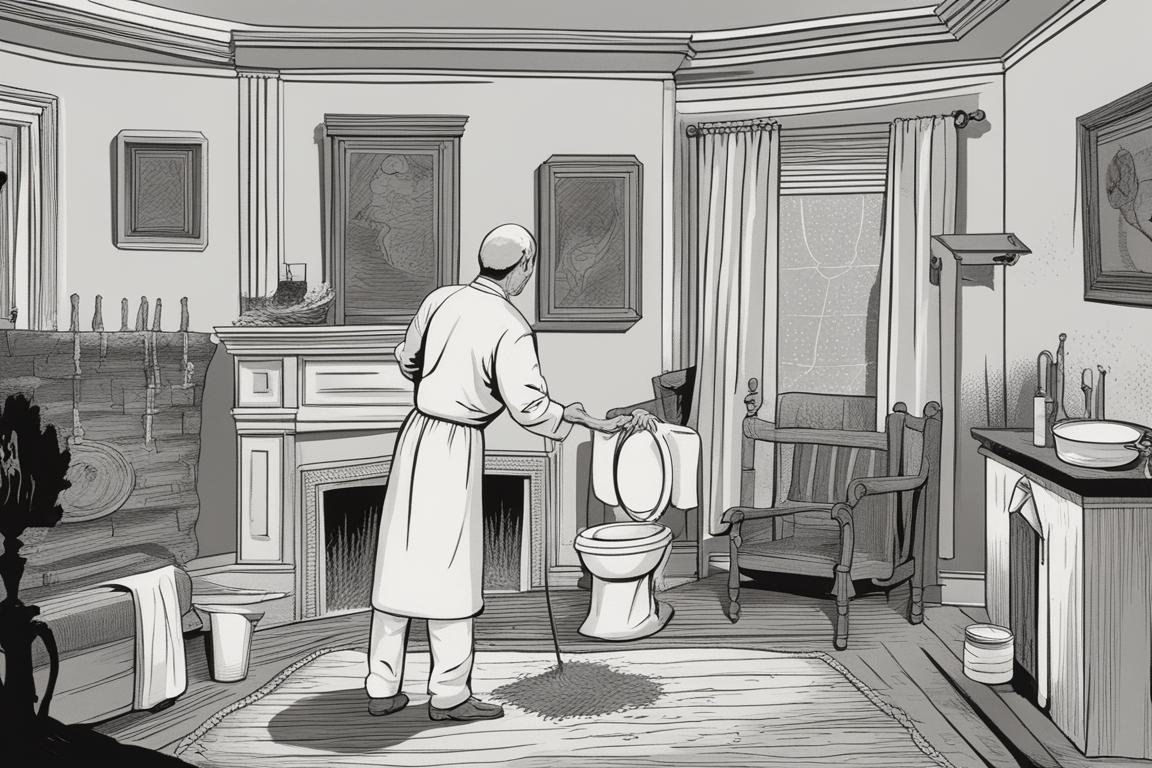
Conclusion
Poltergeists represent one of the most intriguing and terrifying aspects of paranormal research. While skeptics and believers continue to debate their existence, the impact of these phenomena on those who experience them is undeniably profound. Whether you regard poltergeists as spirits, psychic projections, or something else entirely, the stories of their interactions with the living world continue to fascinate and horrify in equal measure. As we seek to understand the mysteries of the universe, the enigma of poltergeists reminds us that there may always be forces beyond our comprehension or control.
Questions & Answers
Who can be affected by poltergeists?
Poltergeists can affect anyone living in a haunted location.
What are common signs of poltergeist activity?
Common signs include moving objects and unexplained noises.
How can one protect themselves from poltergeists?
Protection methods include cleansing rituals and setting boundaries.
What if I suspect a poltergeist but I’m not sure?
Consult with a paranormal expert to investigate the activity.
How do poltergeists differ from other hauntings?
Poltergeists are known for their ability to manipulate objects physically.
What if I want to communicate with a poltergeist?
Proceed with caution as communication can escalate activity.


